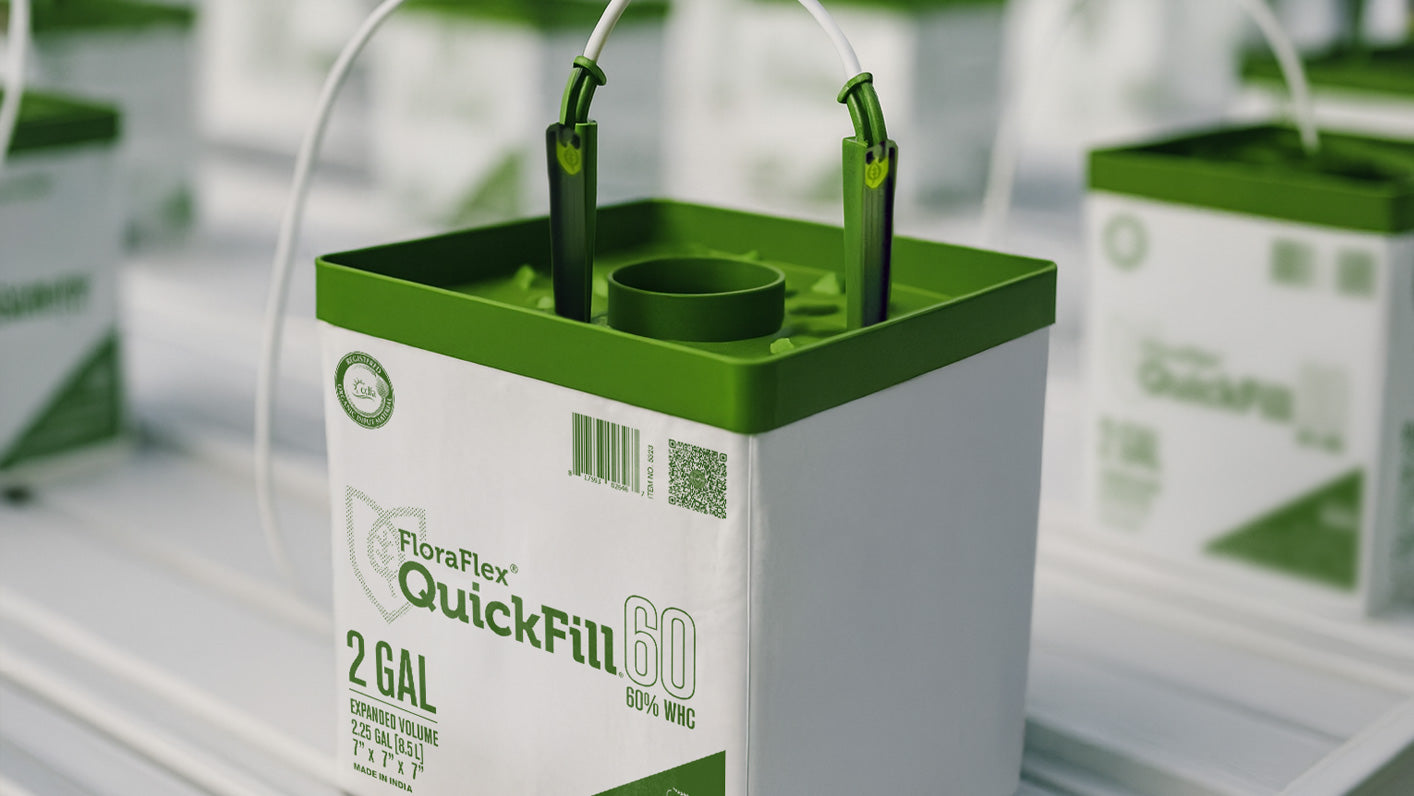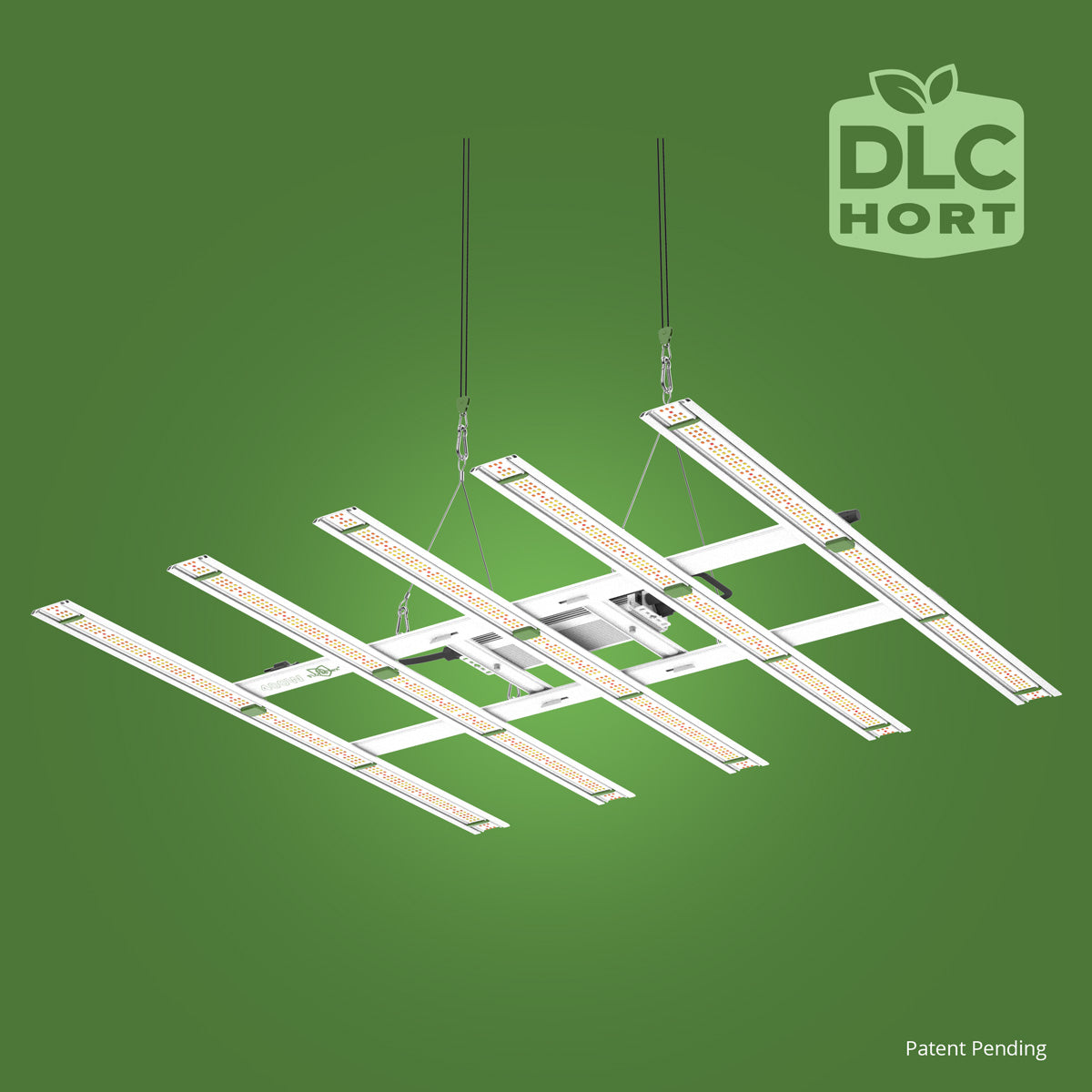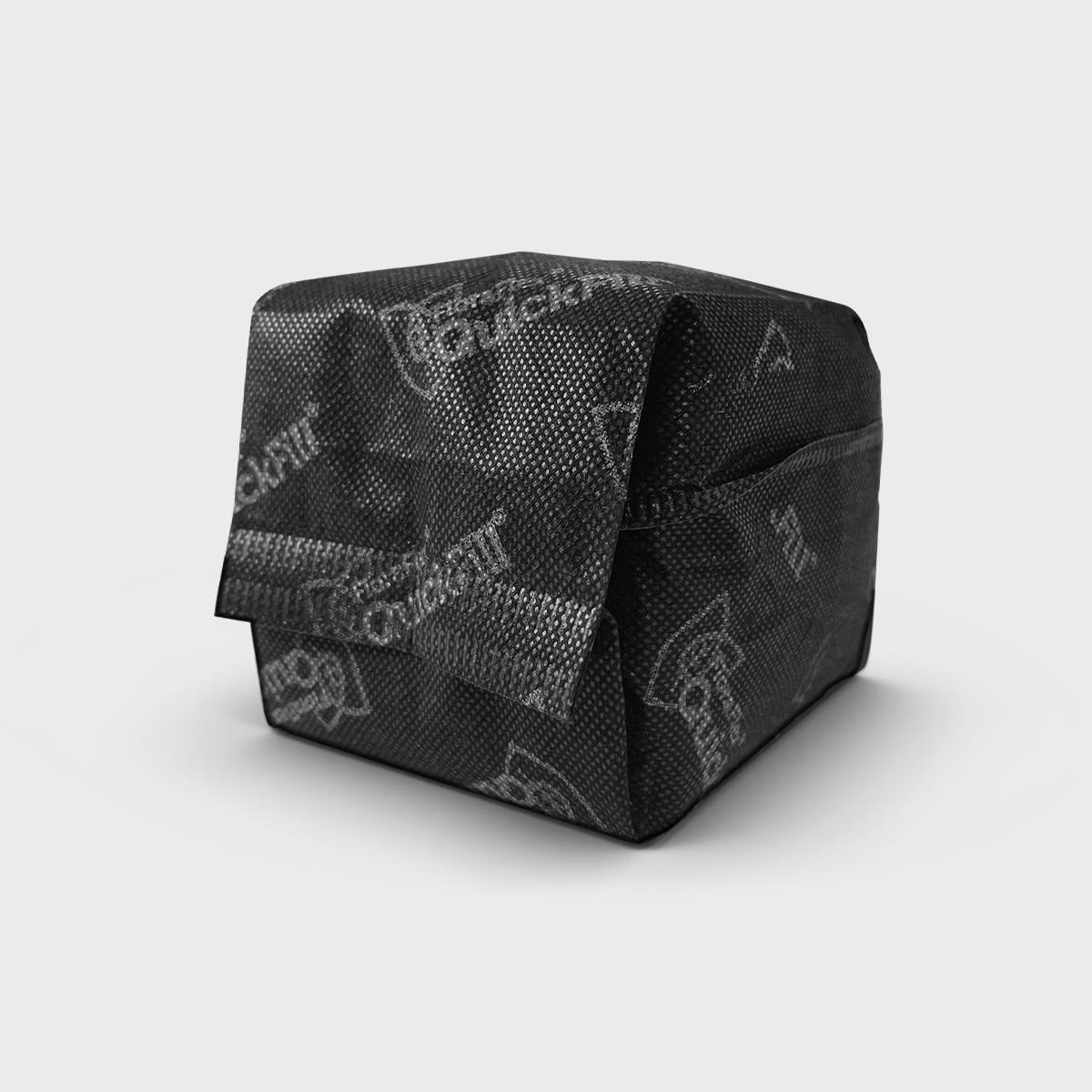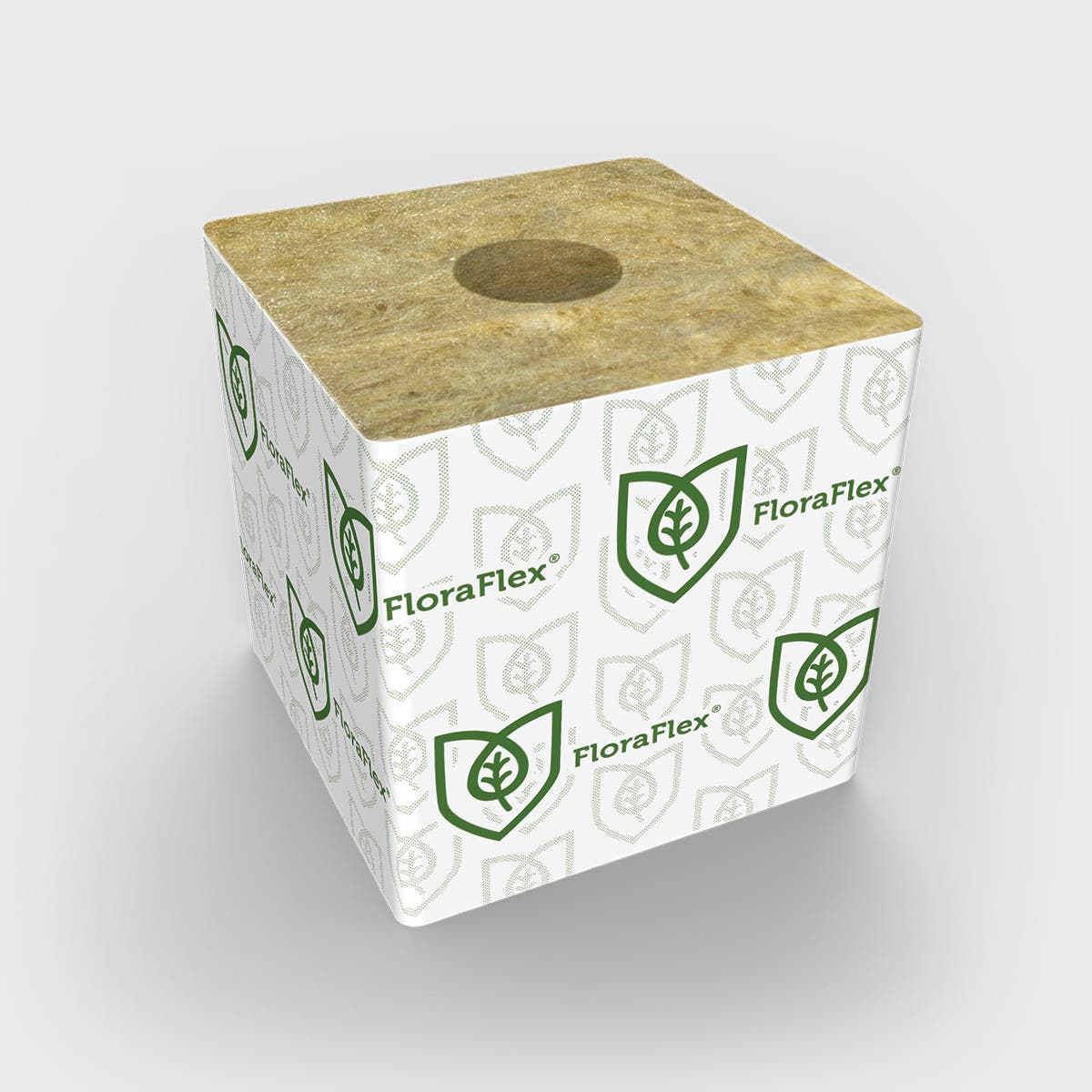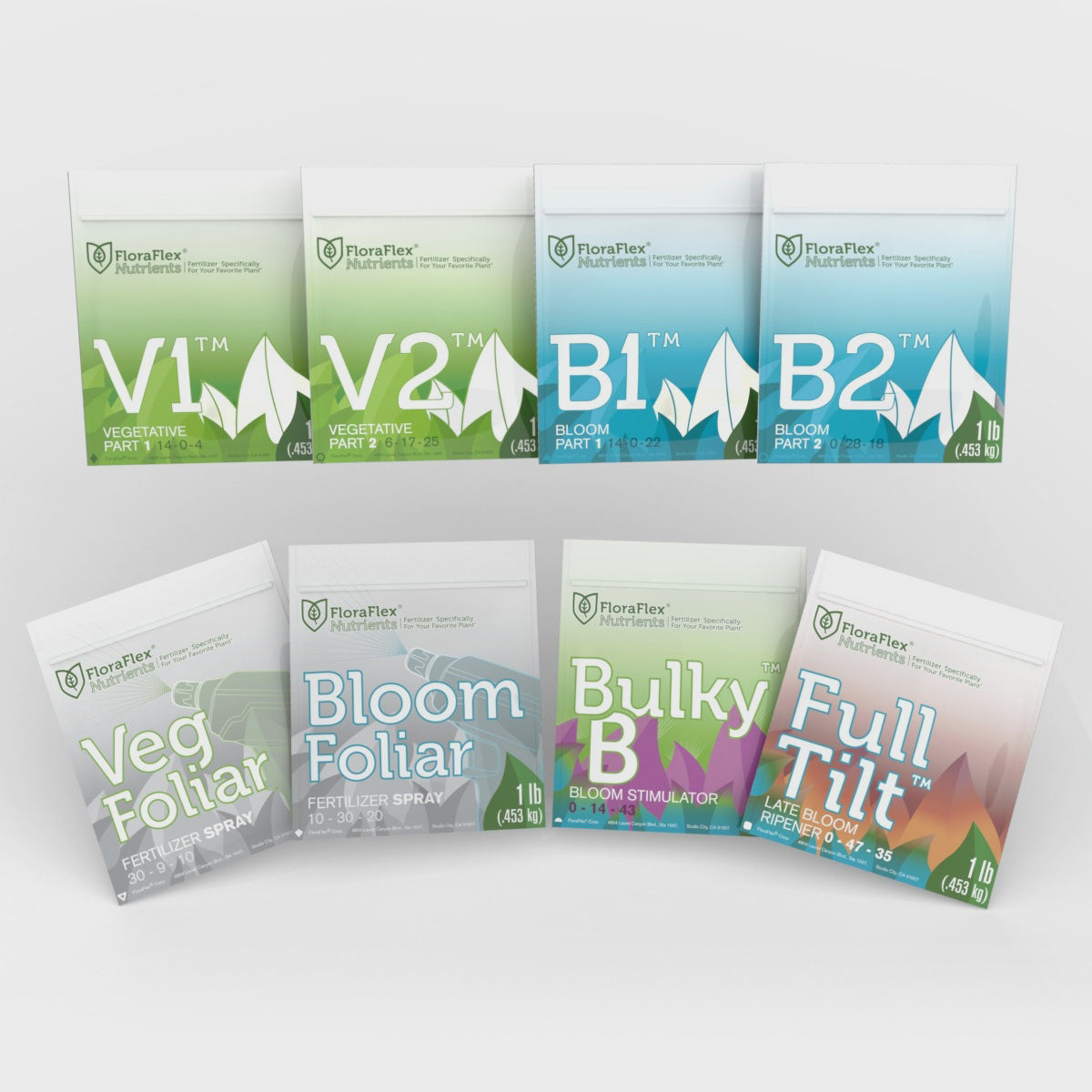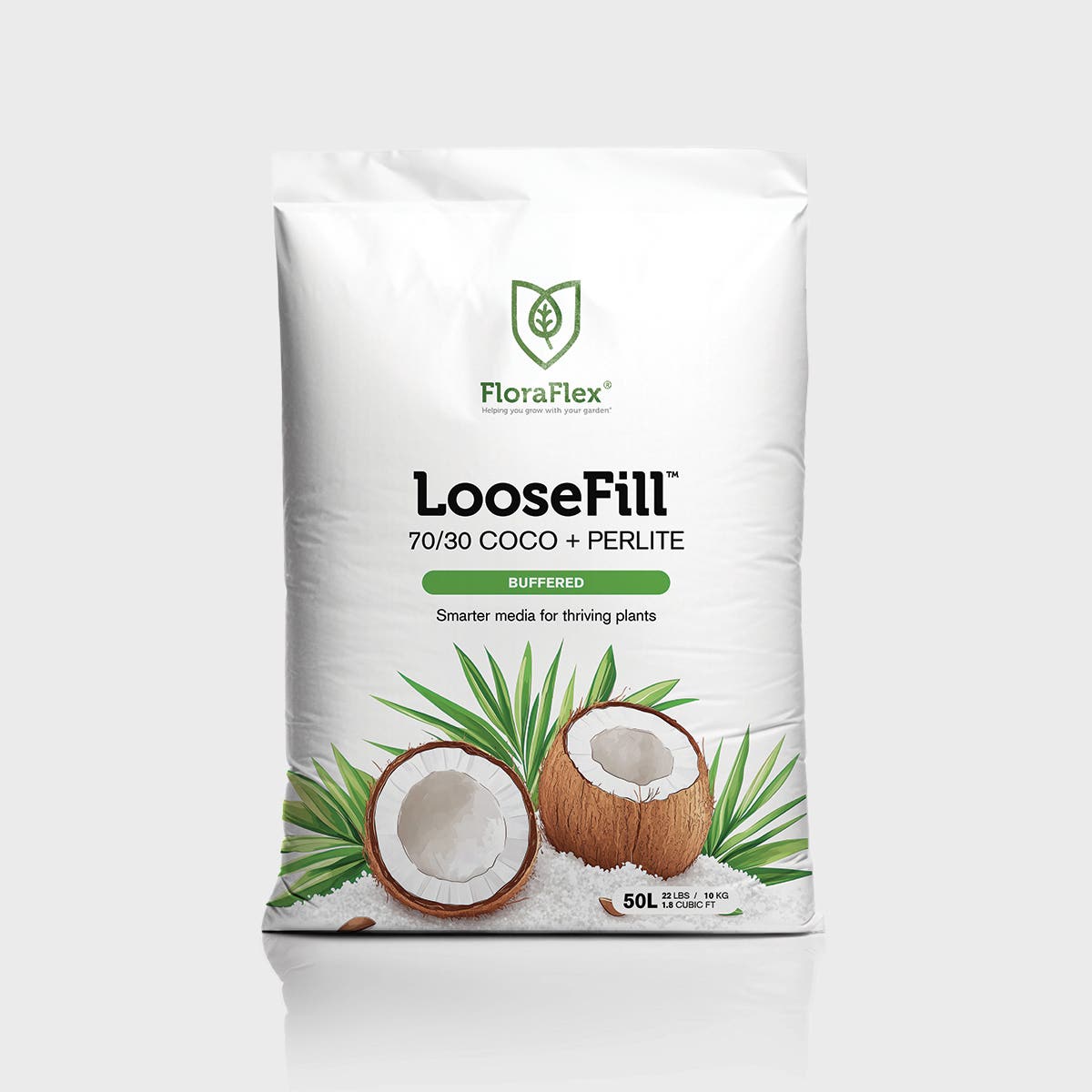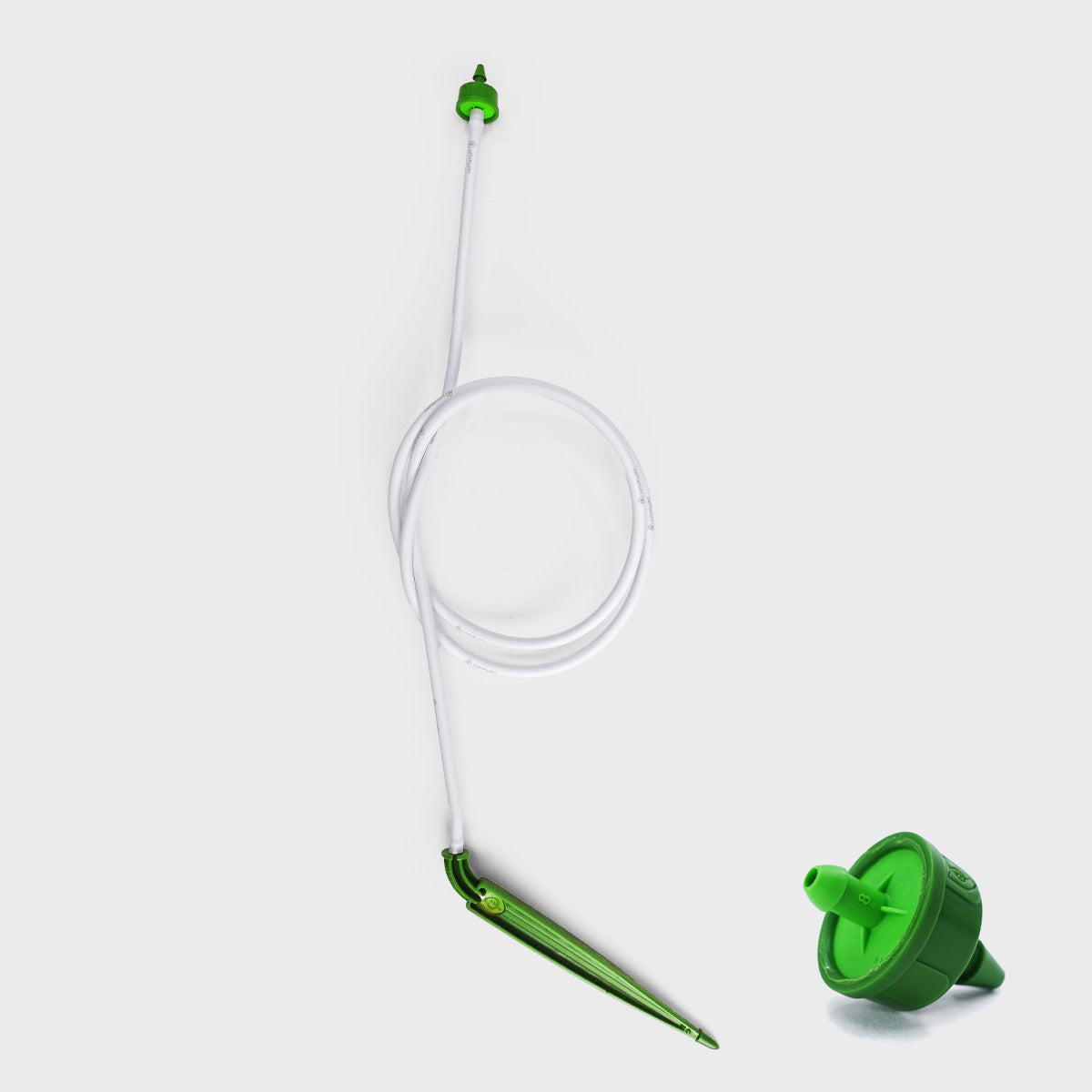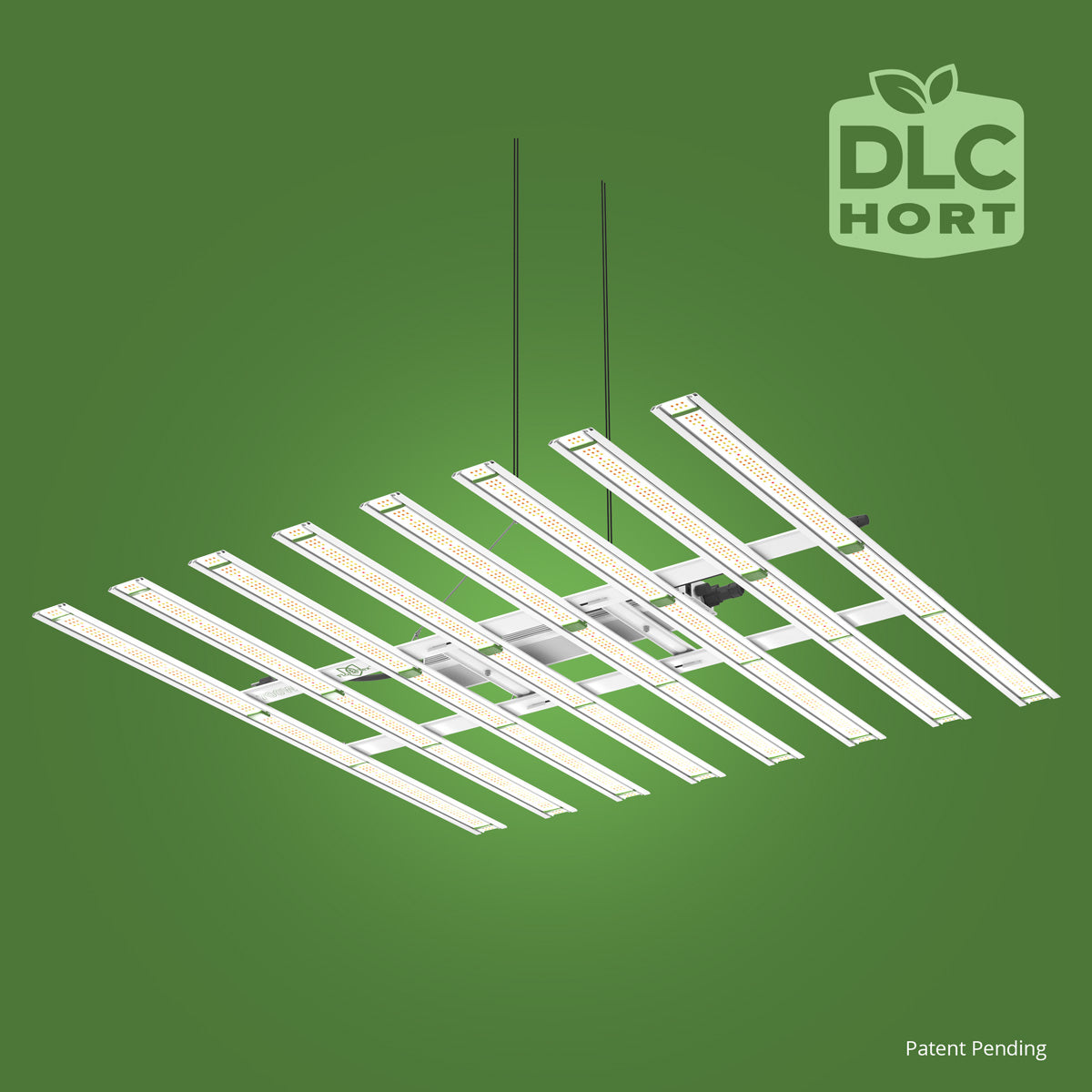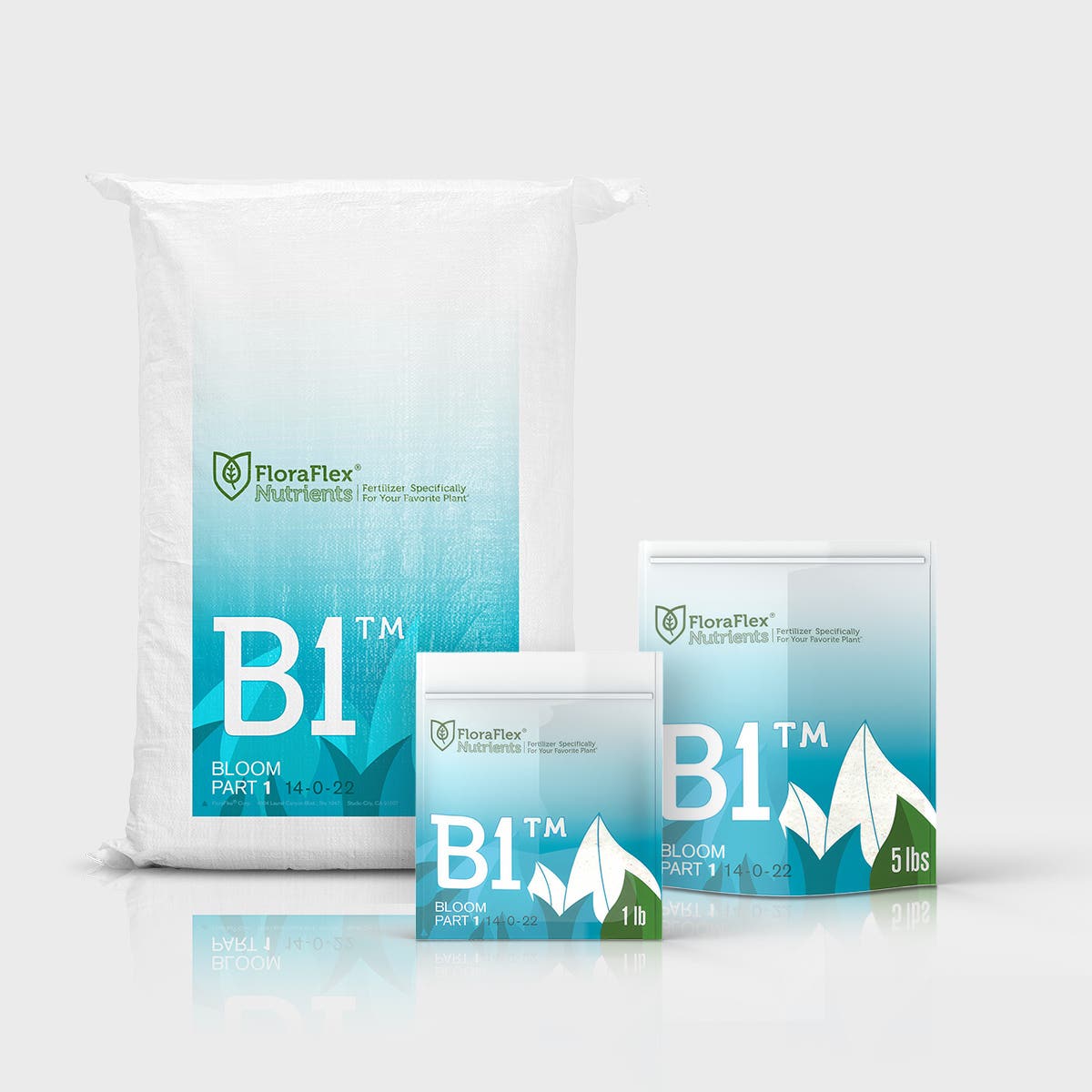Great harvests are grown in the root zone. The quickest way to more consistent yields is a predictable irrigation program: even distribution, repeatable dry-backs, and clean hardware that scales from a single 4×4 to multi-room facilities. This guide shows how modern growers dial uniformity and timing—then maps each choice to FloraFlex® components that make it easy.
The goal: even water, even nutrition
Irrigation isn’t just “how much.” It’s where and how evenly water and nutrients reach the medium. Distribution uniformity (DU) drives consistent EC in the root zone, so plants respond the same way across a table. Systems that maintain steady pressure, sized lines, and reliable emitters are the backbone of that uniformity. See the full FloraFlex irrigation lineup here to understand the building blocks (manifolds, lines, fittings, shields, and more). Irrigation Collection.
Choose your delivery: micro drip, manifolds, or top-feed wicking
Micro Drip delivers small, frequent pulses through feeder lines and hydroponic emitters—ideal for precise fertigation and minimizing waste. It’s popular for coco and rockwool because it supports steady dry-back targets without over-wetting. Explore the FloraFlex® Micro Drip collection and kits to get started: Micro Drip Irrigation, or a ready 4×4 like the 9-Plant Micro Drip Kit (3-gal).
Manifolds (Bubbler) feed multiple plants from one hub with color-coded inserts (e.g., 2, 6, 10, 20 GPH) so you can right-size flow and keep pressure balanced table-wide. They’re fast to deploy and easy to maintain. See the Multi Flow Bubbler and modular QDPS Multi Flow Bubbler | T.
Top-Feed Wicking (Matrix System) distributes a sheet of water across the surface for ultra-even uptake—great for larger pots and reducing dry spots. Build with a Matrix unit, optional Matrix Pad, and Circulator: Matrix System overview.
Sizing lines, keeping it clean, and avoiding clogs
A stable system starts with filtration and correct diameters. Use disc/mesh filtration upstream to protect emitters; keep runs as short and symmetrical as your room allows; and include air-bleed points to purge the system when you prime. FloraFlex highlights filters, solenoids, and valves across the site’s irrigation + homepage modules (flush valves, disc filters, solenoids). Start by mapping your backbone, then branch to bubblers or drip lines.
For manifolds, set consistent outlet lengths and keep all takeoffs tidy—this preserves pressure balance so each plant receives the same volume. The Multi Flow Bubbler’s interchangeable inserts make fine-tuning easy as crops mature. Multi Flow Bubbler.
Scheduling: pulse fertigation and dry-back
Most modern rooms run short, frequent pulses that keep the media in a sweet spot: enough moisture for nutrient mobility, enough air for roots to breathe. In coco, you might target consistent dry-backs each day and adjust pulse count/length as plants grow; in rockwool, you may steer with more granular EC/percentage targets. Uniformity is non-negotiable—if one corner dries faster, adjust emitters or add a top-feed distributor (e.g., Matrix) to level the playing field. Matrix System.
If you’re building from scratch, 4×4 kits are a fast way to learn pulse timing before scaling to whole tables. Start with a bubbler-based FloraCap® kit for larger pots or a micro-drip kit for fine control, then replicate per quadrant: 4-Plant FloraCap® Kit (5-gal) and 9-Plant Micro Drip Kit (3-gal).
Runoff, EC, and feedback loops
Measuring input EC and comparing it to runoff tells you whether plants are taking up nutrients as expected. A rising runoff EC suggests you’re feeding more than the plant is using or drying too hard; a falling runoff EC might mean you’re pushing too much solution through the pot. Whatever your medium, log data for a week—then adjust pulse duration, count, or emitter size to move the curve in the right direction. The end game is steady, predictable behavior across the canopy, not one perfect number.
Scale smart: modular backbones and quick disconnects
Rooms evolve. A modular pipe backbone with quick-disconnect manifolds saves hours on changeovers. The QDPS Multi Flow Bubbler | T integrates cleanly into 1" lines so you can add, remove, or service manifolds without rebuilding your table plumbing—handy for multi-strain rooms and seasonal re-layouts. QDPS Multi Flow Bubbler | T.
Which system fits your style?
If you like granular control and data-driven steering, micro drip gives you the tightest handle on inputs. If you want speed and simplicity with selectable flow rates, manifold bubblers shine. If the challenge is dry spots on larger pots, the Matrix top-feed wicking approach creates an even surface profile. Many growers mix approaches across veg and bloom or per cultivar—what matters is that your root zone sees the same conditions, every day. Browse options: Micro Drip, Multi Flow Bubbler, Matrix System.
From single 4×4 to full room: start here
Build one quadrant, confirm uniformity, then scale. For example, a 4×4 kit with FloraCaps® and a Multi Flow Bubbler teaches emitter balance and runoff targets; a 9-plant micro-drip kit teaches pulse timing and feeder-line discipline. Once your metrics are stable, replicate per table and tie everything into a filtered, valved backbone. Two good starting points: 4-Plant FloraCap® Bubbler Kit and 9-Plant Micro Drip Kit.

